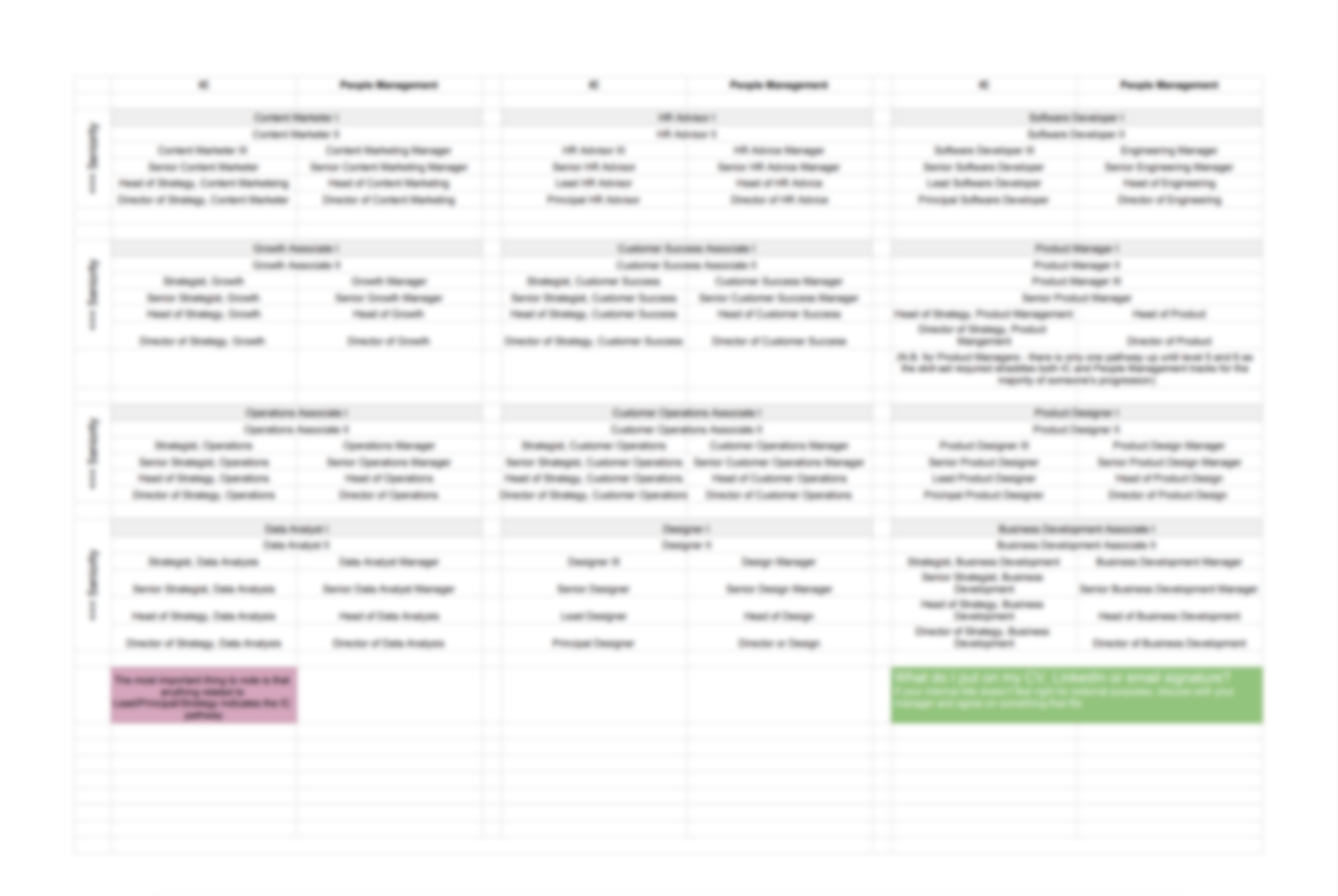
You need to prepare a business plan if you want to apply for a promotion. While you should make a compelling case for the promotion, you must also ensure that you are within the "orange" areas. This way, you'll have a stronger case and a better chance of success.
Justification for promotion
If you want to be promoted, you must prove your boss. In this step, there are three key steps. First, identify the position you are being considered. Second, think about the benefits that the promotion will bring the company. Third, make sure you justify your decision by referring to the business case. For a Director-level promotion, you cannot rely on performance-based or time-in-grade justifications.
It is the best way to argue for a promotion: Show documentation of how you've achieved your goals, and what your company has gained. Keep a record of your achievements and compile them into a presentation to show your supervisor.

Sample business case
You must present a compelling business case to convince your boss that you deserve a promotion. Your supervisor should be able show you how your skills have been developed and how your team has been motivated. In order to support your case, it is important that you record all of your accomplishments. These are some tips that will help you build a strong business case for promotion.
First, create an executive summary. It should sum up every section of the business plan. Your executive summary should include your project overview, objectives, plan outline, and problem statement. It should also describe the project scope. Also, it should outline the scope of the project.
KPIs to be included
KPIs (Key performance indicators) are useful indicators for assessing a company's performance. They show how efficiently a company achieves its objectives. One example is employee productivity, customer satisfaction, or sales speed. These metrics can differ depending on industry and stage of development.
KPIs must be tailored to the business. SMART measures are ones that are specific, measurable and attainable. They are also realistic and achievable. A good example of a leading KPI would be customer satisfaction. A higher level of customer satisfaction means that customers are more likely to return. In contrast, a lagging KPI would be profit, which shows past performance but does not predict future performance.

Executive summary
An executive summary should give the reader an overview of your business plan, the target market, and the key players. It should also explain how you plan to deploy your product. It should also describe the financial plans of the company. But, terminology should vary according to the audience. A template or sample can help you to start writing your executive summary.
Remember that not everyone has the time or ability to read through the whole business case when writing an executive summary. The key point is to concentrate on the basics. You must communicate the key points clearly and persuasively when pitching to senior stakeholder.